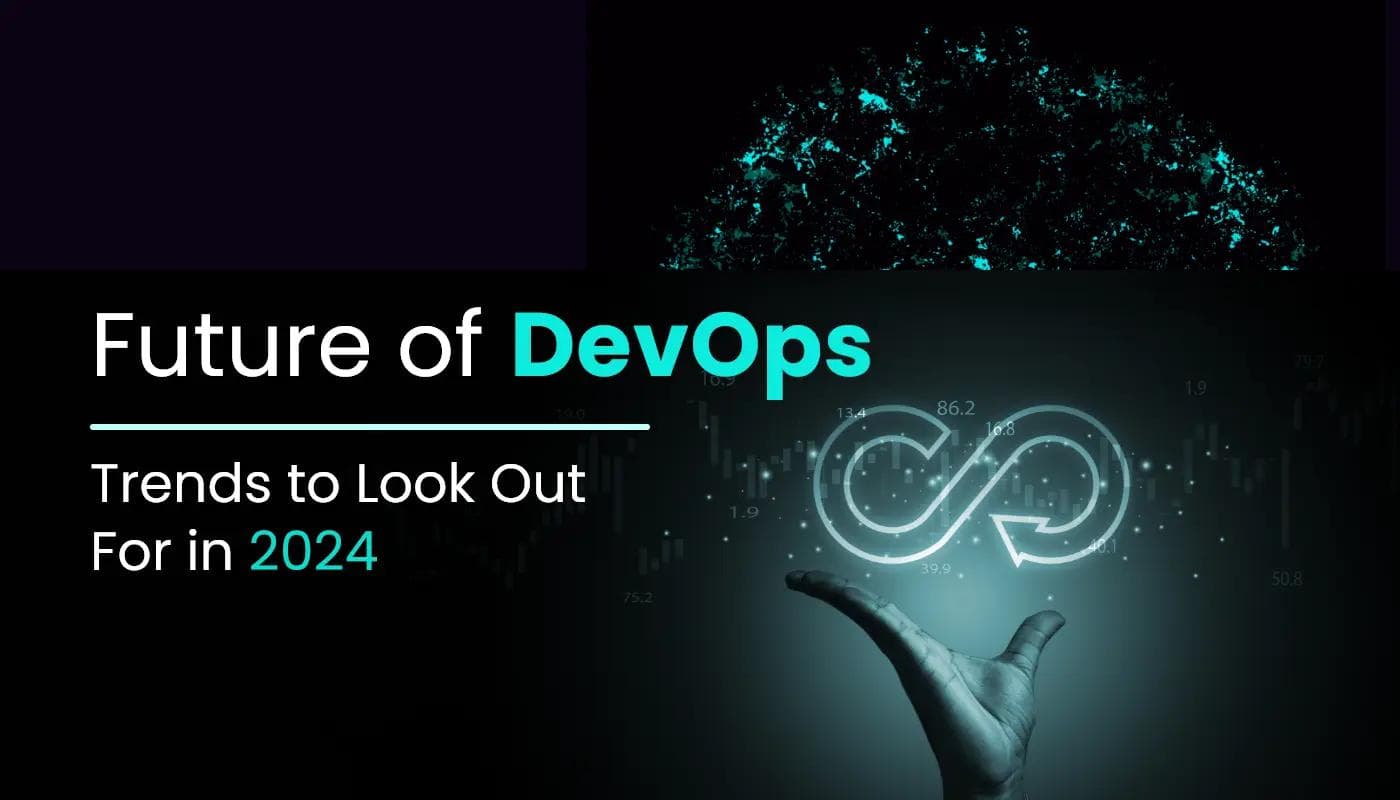
The Evolution of DevOps: Trends and Best Practices in 2024
Navigating the Latest Trends and Best Practices Shaping DevOps
DevOps, the fusion of development and operations, has transformed the way software is developed and deployed. As we move into 2024, DevOps continues to evolve, driven by emerging technologies and changing market demands. This blog will explore the latest trends and best practices in DevOps, offering insights into how businesses can stay ahead in this dynamic field.
Understanding DevOps in 2024
DevOps has always been about improving collaboration between development and operations teams. However, with the advent of new technologies and methodologies, the scope of DevOps has expanded significantly. It now encompasses a broader spectrum of IT operations, with a strong emphasis on automation, integration, and continuous improvement.
Key Trends in DevOps for 2024
1. Increased Adoption of AI and Machine Learning
- AI and ML are being integrated into DevOps processes for predictive analytics, automated code reviews, and enhanced decision-making, leading to more efficient development cycles and reduced human error.
2. Shift Towards Infrastructure as Code (IaC)
- IaC continues to gain traction, allowing teams to manage and provision infrastructure through code. This automation leads to faster, more repeatable, and more reliable processes.
3. Growth of Microservices Architecture
- Microservices architecture is becoming more prevalent, enabling teams to develop, deploy, and scale parts of an application independently, thus enhancing agility and reducing deployment risks.
4. Enhanced Focus on Security: DevSecOps
- The integration of security practices into the DevOps pipeline, known as DevSecOps, is becoming essential. This approach ensures security is a shared responsibility and is considered throughout the development lifecycle.
5. Rise of Containerization and Kubernetes
- Containerization, with tools like Docker, and orchestration platforms like Kubernetes, are becoming standard in DevOps for their ability to enhance scalability, portability, and consistency across environments.
6. Emphasis on Continuous Learning and Adaptation
- Continuous learning culture is vital. Teams are encouraged to stay updated with the latest tools, practices, and technologies to adapt quickly to changing requirements.
Best Practices for DevOps in 2024
1. Automate Everything
- Embrace automation in testing, deployment, and monitoring to increase efficiency and reduce the chance of human error.
2. Implement Continuous Integration and Continuous Deployment (CI/CD)
- CI/CD pipelines are at the heart of DevOps, enabling frequent and reliable code integration and deployment.
3. Foster a Collaborative Culture
- Encourage open communication and collaboration between development, operations, and other stakeholders to improve efficiency and overall product quality.
4. Monitor and Measure Performance Continuously
- Implement monitoring tools to track the performance of applications and infrastructure. Use these insights for continuous improvement.
5. Prioritize Customer-Centric Approaches
- Align DevOps strategies with customer needs and feedback to ensure the development of relevant, high-quality products.
Conclusion: Embracing Change in DevOps
The evolution of DevOps in 2024 reflects a move towards more intelligent, automated, and customer-focused practices. By keeping abreast of these trends and adopting the best practices, organizations can enhance their efficiency, agility, and competitiveness in the ever-changing technology landscape.



